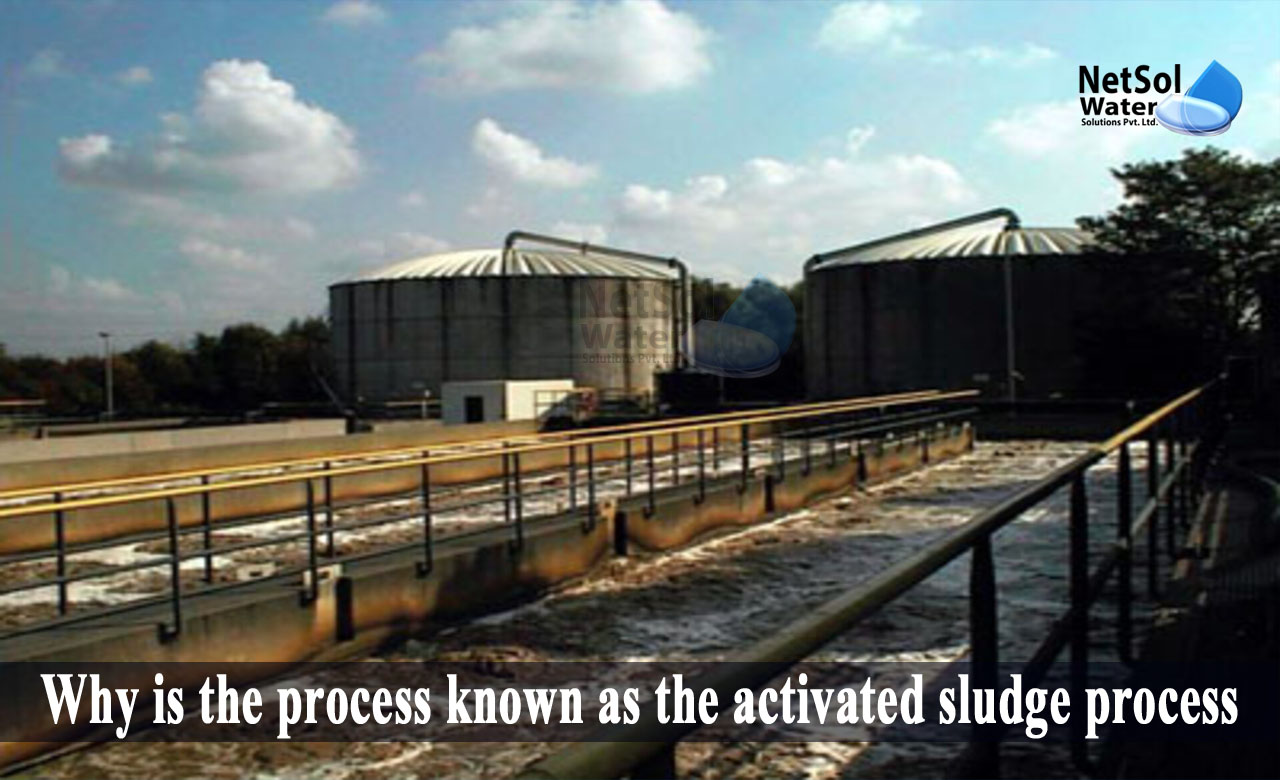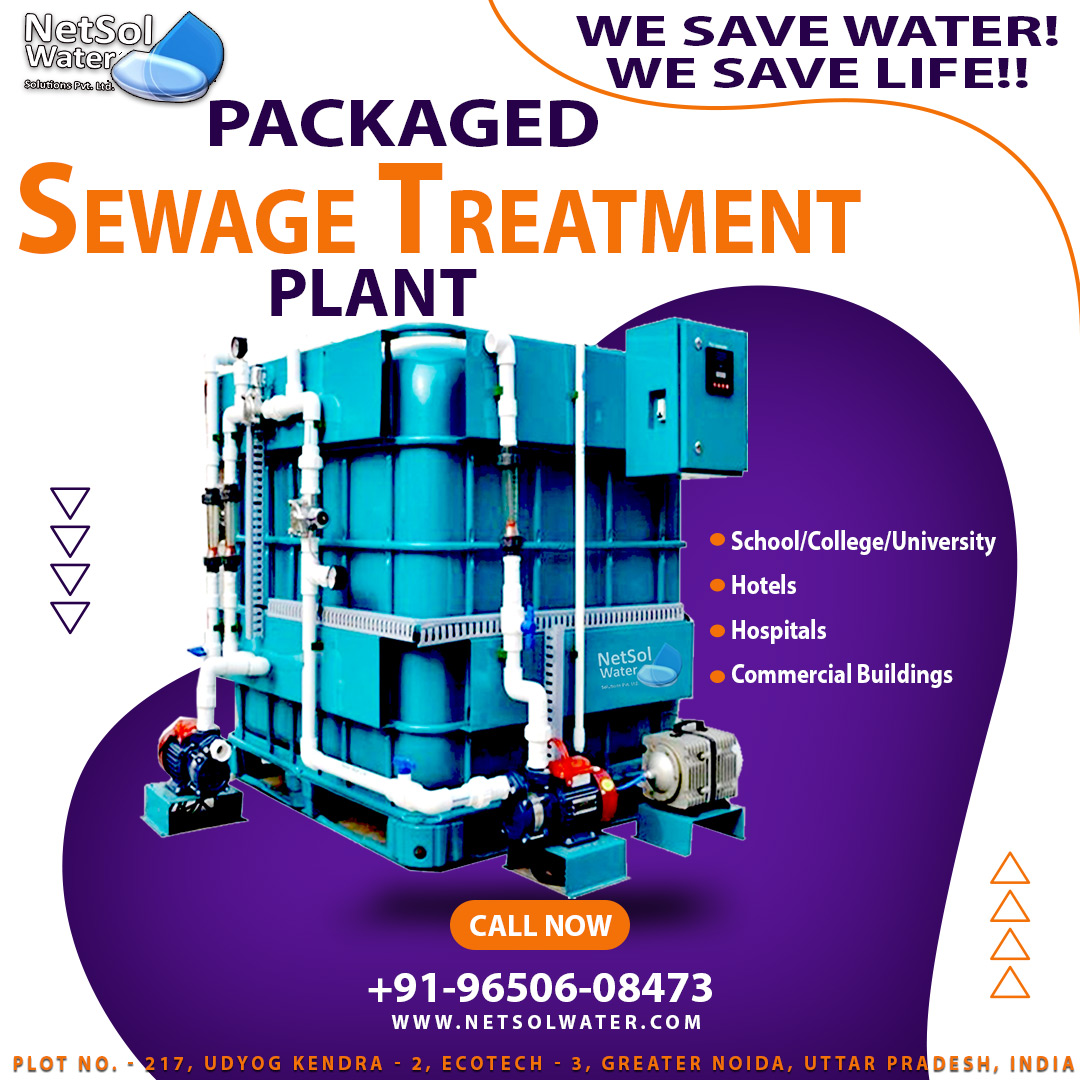Many industries employ and rely on the activated sludge wastewater treatment technique. This procedure makes use of a multi-chamber reactor unit to remove nutrients from the water, using microorganisms. The sludge is suspended using oxygen, which is also utilized to establish and control aerobic conditions.
In this blog, we will learn about the process of wastewater treatment using activated sludge.
What is activated sludge wastewater treatment?
The treatment of wastewater with activated sludge is essential.
The activated sludge tank is pumped with air or oxygen during this process phase, or surface aerators are employed. Organic materials in the wastewater are oxidized during the process, creating new cells, carbon dioxide, and water. Gravity settling can then be used to get rid of the sludge particles.
In a centralized treatment facility, activated sludge sewage treatment is ideal. In most regions, activated sludge may be treated. But colder climates have a lower treatment capacity. During a full consultation, our personnel can go over activated sludge treatment procedures, and other wastewater treatment services.
How does the process of activated sludge work?
Blowing oxygen or air into raw, unsettled sewage is a first step in the activated sludge wastewater treatment process. The solids are crushed in this process. The sewage is bubbled, and sewage liquor is released into a chamber filled with activated sludge.
Dead bacteria float to the top of the tank while live bacteria settle to the bottom. Live bacteria return to the digesting chamber while clean water, is pumped into a soakaway or watercourse.
Why is the process known as the activated sludge process?
To know how the entire activated sludge system operates, it is critical to understand what activated sludge is. Because, the particles are actively teeming with good bacteria that break down the sewage, the sludge is referred to as being activated.
Advantages of wastewater treatment using activated sludge process
Activated sludge treatment offers numerous important advantages over alternative methods. The following benefits are provided by sewage treatment facilities that primarily employ this method:
· There is less undesirable muck present.
· The sewage treatment facilities replenish their populations of helpful microorganisms.
· The extended emptying intervals are made possible by the activated sludge treatment procedure.
· The method is really trustworthy.
· The procedure is easier.
One of the wastewater treatment services that Netsol Water has offered for decades, is the activated sludge treatment procedure. Our experts can go over various services we offer, as well as whether this approach is acceptable.
Problems with the activated sludge treatment process
There are certain downsides to the activated sludge treatment method, and it might not be suitable for all applications. The following are some drawbacks of activated sludge:
· The design and construction of the activated sludge system require experts.
· The treatment of activated sludge must be operated and maintained by qualified staff.
· The wastewater treatment process requires constant electricity use, which increases energy consumption.
· It's possible that parts and supplies are not accessible locally.
· Sludge and wastewater may need additional treatment or the right discharge.
Choosing the best manufacturers of wastewater treatment plants in India
Netsol Water is one of the top producers of wastewater treatment systems in India. At Netsol, we are committed to providing high-performing sewage treatment plants, to assist enterprises with their wastewater and sewage requirements.
We have earned a reputation for providing top-notch service and solutions, which will help our clients lower operating expenses and increase the life of their equipment. Every purchase of these systems includes installation, manufacturer's warranty, and a 24-hour customer service, after the sale.




